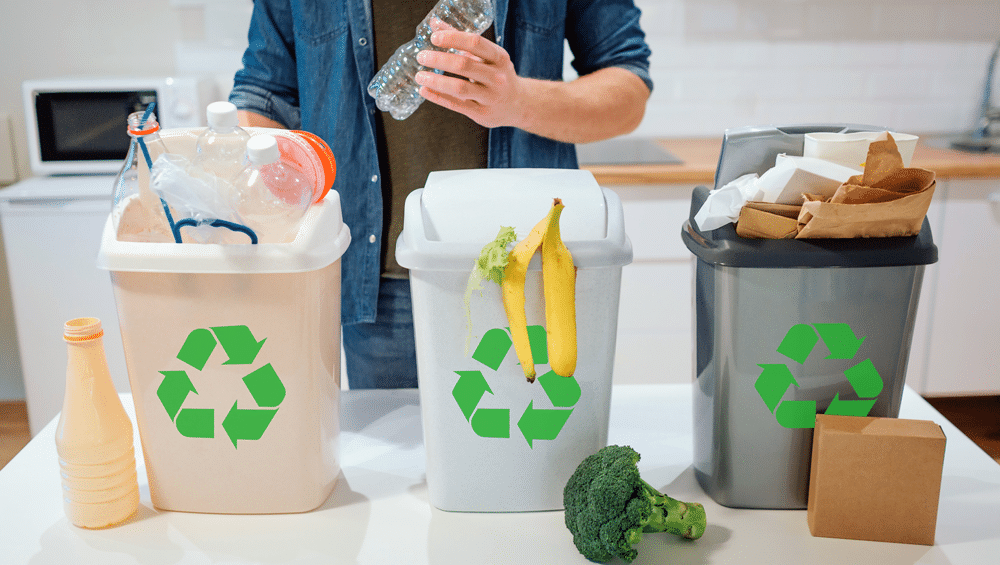Keeping a clean and organized home can be challenging, especially with how quickly rubbish can pile up. Identifying and understanding the common types of household rubbish can make waste management more efficient and eco-friendly.
Let’s break down the usual suspects:
- Household Waste
Household waste is usually divided into two categories: organic and inorganic.
– Organic Waste: This includes food scraps, vegetable peels, fruit skins, and other biodegradable items. Composting this Waste can reduce landfill use and create nutrient-rich soil.
– Inorganic Waste: This includes plastic packaging, broken glass, and other non-biodegradable materials. Proper recycling is crucial for these items.
- Plastic Waste
Plastic is omnipresent in modern households. Plastic Waste, from grocery bags to food packaging, is a significant environmental concern. Single-use plastics like bottles and utensils contribute heavily to this category. - Paper Waste
Paper waste includes newspapers, cardboard boxes, receipts, and mail flyers. While paper is recyclable, not all paper, such as pizza boxes, can be recycled if it’s contaminated by food or grease. - E-Waste
Electronic Waste, or e-waste, covers discarded electronic devices like old phones, computers, and batteries. These items often contain harmful materials and should be disposed of carefully, usually through designated e-waste recycling programs. - Glass Waste
Household glass waste includes bottles, jars, and occasionally broken glassware. While glass is highly recyclable, broken items can be hazardous and require special handling. - Metal Waste
Tin cans, aluminum foil, and other metal products are standard. Similar to glass, metals are recyclable and should be separated from different waste streams to facilitate this process. - Textile Waste
Old clothes, shoes, and linens that are no longer usable fall under textile waste. If they’re in good condition, consider donating them. If not, some centers recycle textiles into new materials. - Hazardous Waste
Household hazardous waste includes chemicals, pesticides, motor oil, and other toxic items that require special handling. Always check local regulations for proper disposal methods. - Bulky Waste
Large items such as old furniture, mattresses, and appliances that don’t fit into regular bins are considered bulky Waste. Most cities have specific collection days or centers for these items. - Garden Waste
Yard clippings, fallen leaves, and cut branches fall under garden waste. Composting or using garden waste bins can help manage this sustainably.
Tips for Effective Rubbish Management:
– Sort and Separate: Always separate your Waste into recyclables, compostables, and general Waste. This helps recycling facilities and reduces landfill use.
Reduce and Reuse: Minimize Waste by choosing reusable products and reducing reliance on single-use items.
Stay Informed: Stay up-to-date with local recycling rules and services to ensure correct waste disposal.
Understanding the common types of household rubbish can help you adopt better waste management practices. Remember, reducing waste starts with mindful consumption and proper disposal. Let’s keep our homes clean and our planet greener. Join the Trash Can Buddy community and be a #Binfluencer, supporting better practices for waste management.

